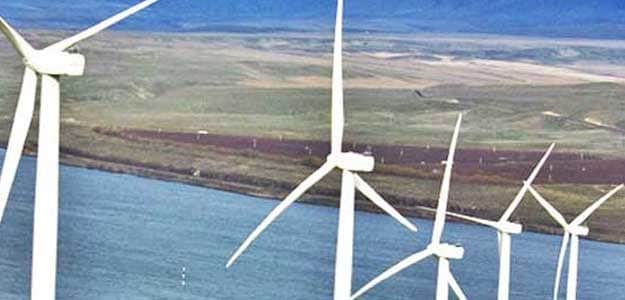Green Is Where The Money Is: Budget Expectations Of Renewable Energy Sector

Companies would be looking forward to incentives for green technology in the union budget
The world is fast gravitating towards renewable energy. From electric vehicles to solar cells, there is a realisation that excessive dependence on fossil fuels to power economies may not be sustainable in the longer run, making “green” the buzzword. India is also making efforts to reduce its dependence on fossil fuels and boost its green energy generation, launching projects to harness the power of wind, solar, and water.
When Finance Minister Nirmala Sitharaman presents the Union Budget 2022-23, companies will be eagerly watching if there are incentives to move towards greener technologies.
Industry body FICCI has sought tax relaxations and credit guarantees for companies operating in the renewable energy sector to accelerate technology adoption.
FICCI has said that in order to realise the objective of making India a green economy, an environment for rapid adoption of technology is required to make use of renewable energy. It mentioned China as an example, stating that the country provided free land, discounted power, and funding at a low-interest rate to companies to develop green technologies.
Others such as Taiwan, Malaysia, and Vietnam, too, emerged as centres of solar modules and components with the support of their government, FICCI added.
For tax-related concessions, it asked for extending the tax rate of 15 percent to companies investing in green technologies, and also sought full deductions towards investment or purchase of green technology assets. The second suggestion is expected to encourage firms to replace obsolete technology with newer and green options.
Another major recommendation of the industry body is to tap the residential sector for creating rooftop solar capacity. It said formulating a credit guarantee scheme will go a long way in making solar roofs attractive and mitigating risk factors. So far, most of the rooftop solar capacity has come from industrial, commercial, and institutional sectors.
Prime Minister Narendra Modi has often emphasised the need to make India a clean and green economy, most recently in his address to the World Economic Forum. At the World Economic Forum’s (WEF) Davos Agenda 2022, PM Modi announced the “P3 (Pro-Planet People) initiative”, which highlights India’s climate change commitments.
India is also leading the world in adopting solar energy through its flagship International Solar Alliance. The ISA’s framework stresses delivering local benefits to all countries through collaborations and innovative financing instruments. The efforts seem to have started bearing fruits with sales of electric vehicles picking up late last year. Some studies have pegged the EV market in India to touch a whopping $206 billion by 2030. But this would also require a total investment of $180 billion in production and charging infrastructure.
India is aiming to generate 450GW of renewable energy by 2030. The last budget emphasised expanding domestic manufacturing for solar cells and panels and proposed to reduce dependence on imports. The production-linked incentive scheme for battery manufacturing was one example of this. Additionally, the National Hydrogen Mission was announced to help achieve a sustainable energy mix and support energy storage.
For all the latest business News Click Here
